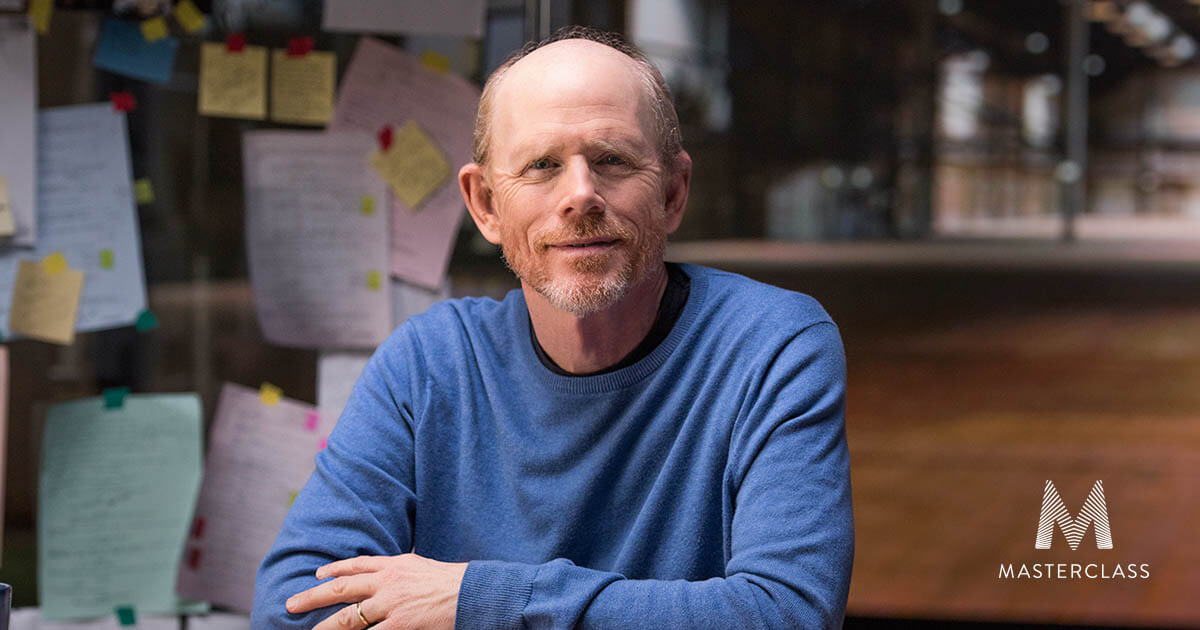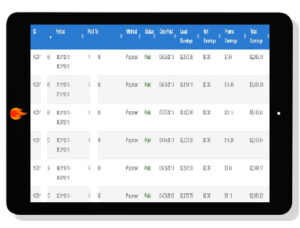Ron Howard made his first film in 15 days with $300,000. Today, his movies have grossed over $1.8 billion. In his first-ever online directing class File size: 4.60 GB
MasterClass – Ron Howard Teaches Directing
Ron Howard made his first film in 15 days with $300,000. Today, his movies have grossed over $1.8 billion. In his first-ever online directing class, the Oscar-winning director of Apollo 13 and A Beautiful Mind decodes his craft like never before. In lessons and on-set workshops, you’ll learn how to evaluate ideas, work with actors, block scenes, and bring your vision to the screen whether it’s a laptop or an IMAX theater.
01. Introduction
You know Ron Howard as an Oscar–winning director, a producer, an actor, and one of Hollywood’s great storytellers. Now, he’s your instructor. Meet Ron and learn why the director is the ultimate “keeper of the story.”
02:27
02. Choosing a Story
Ron believes anyone can direct a movie. The key is loving a story, understanding it, and then backing up your instincts with craft. Learn his technique for finding and telling fresh stories that will leave an impact on audiences.
08:15
03. Evaluating a Script
Over the years, Ron has developed a personal checklist to evaluate and strengthen a script. Learn the key components of a great screenplay and how to build your own checklist to identify material that’s right for you.
13:12
04. Refining a Script
Scripts must work on creative and intellectual levels. Ron knows there’s no shortcut to the rewriting process, and he shares how he ensures a script is “camera ready” before embarking on production.
09:00
05. Story Inspiration: Case Studies
Ron works on an idea when he feels a flush of inspiration, which can come from the theme, his personal relationship with the idea, or its freshness. Learn how this approach has helped him create some of his most enduring and beloved films.
Get immediately download MasterClass – Ron Howard Teaches Directing
13:15
06. Developing the Film
Throughout the development process, your choices and beliefs as a director are going to be tested. Learn how Ron finds the best collaborators to navigate through development hell and bring his projects to life.
17:05
07. Collaboration: Part 1
Learn Ron’s policy for collaborating on a movie and how working in groups of three can bring out the best in a creative team.
14:33
08. Collaboration: Part 2
While collaboration is central to Ron’s process, he warns against directing by committee. Directors need to have the confidence to hear everyone, but listen to themselves.
11:32
09. Working with Cinematographers
The language of photography can overwhelm new directors. Ron talks you through how to find the right collaborator, rely on them, and work with them to define your movie’s visual tone.
10:31
10. Cinematography
Ron thinks about cinematic choices almost like a character in the movie. Learn how lighting, lenses, and stylistic choices can add visual power to your film.
19:34
11. Production Design
Learn how Ron finds the right production designers and works to inspire them to create sets that help tell your story, using a mosaic of palettes and colors.
16:35
12. Case Study: Frost/Nixon
Ron revisits the cinematography and production design decisions that energized and surprised him when he made Frost/Nixon, including powerful lessons about turning compromise into creativity.
19:57
13. Research
Seemingly small or trivial details can anchor a scene, reinforce a director’s vision, and forge a stronger connection with the audience.
9:25
14. Scene Deconstruction: Raiders of the Lost Ark
Ron shares a story about how a lucky mistake—forgetting his headphones on an airplane—taught him how to better understand the mechanics of shots, camera setups, and sequences in an action scene.
19:38
15. Scene Deconstruction: Apollo 13
Ron walks you through the movie’s iconic launch sequence and explains how meticulous research and shot planning energized a familiar historical moment.
20:05
16. Scene Deconstruction: A Beautiful Mind
Ron shares how he flipped the movie’s point of view at a key juncture in the film in order to underscore the realization of a powerful truth.
14:24
17. Casting
Ron encourages you to look beyond an actor’s tangible skills. Learn how to trust your gut and recognize the intangible qualities that a performer will bring to a role.
Get immediately download MasterClass – Ron Howard Teaches Directing
13:51
18. Working with Actors: Part 1
Ron urges you to collaborate with, inspire, and protect your actors. Learn how you can prepare yourself to work with them—and when to trust them to deliver the performance you need.
16:03
19. Working with Actors: Part 2
Learn why Ron always looks for moments where an actor’s instinct brings emotional truth to a scene.
12:38
20. Frost/Nixon: Read-through & Staging Rehearsal
A director’s job is to narrow the seemingly endless staging choices. Here, Ron offers a rare opportunity to watch his directorial process in action.
20:24
21. Frost/Nixon: Feature Staging for Masters
This approach most closely replicates the staging approach of the original movie. Watch Ron as he collects masters for each setup.
12:27
22. Frost/Nixon: Feature Staging for Coverage
Ron shows you how he shoots all the coverage he knows he will need in order to optimize for creative choices in the edit.
25:58
23. Frost/Nixon: Alternate Staging Possibilities
Now that Ron knows he has all his master shots and additional coverage, he explores other possibilities—often following an actor’s natural instincts.
22:01
24. Frost/Nixon: Steadicam Staging
Ron reworks the scene for a Steadicam, which requires technical movement and choreography from actors.
21:34
25. Frost/Nixon: Steadicam Staging for Frost POV
Ron shows you an alternative approach he could have tried in the film: using a Steadicam to shoot from David Frost’s point of view.
8:19
26. Frost/Nixon: Staging for Indie Shoot
If you need to compromise on set, Ron encourages you to keep the staging simple. This indie approach maximizes coverage with limited resources.
27:31
27. Frost/Nixon: Staging Review
Reviewing the staging exercises, Ron talks you through what he was considering while blocking the actors and planning for each shot.
22:22
28. Editing: Part 1
For Ron, the editing process is the time when you execute the final rewrite of a movie. Learn how to find the right editor and develop an editing style for your film together.
15:59
29. Editing: Part 2
Early cuts can break your heart, but Ron knows that editing also offers a thrilling chance to uncover your story again and see your film in a new and improved way.
9:40
30. Sound Design
Sound design works on a subliminal level. Sometimes taking sound away can be as powerful as adding it.
8:26
31. Music and Scoring
Ron explains how the most talented composers pick up on details of actors’ performances and build music cues that deepen a story.
10:00
32. Find a Story You Love
In his final lesson, Ron urges you to be open to the moments and experiences that inspire you, and to find a story that you love and tell it.
2:17








